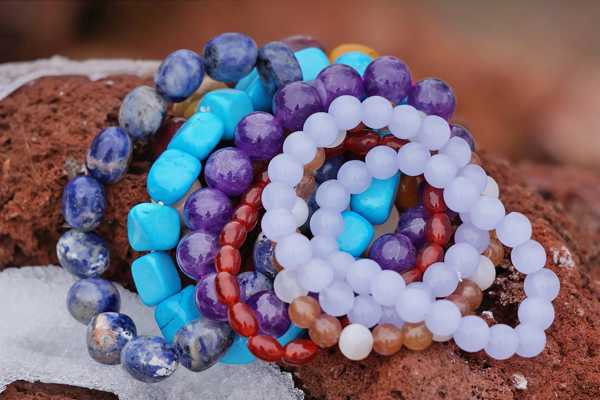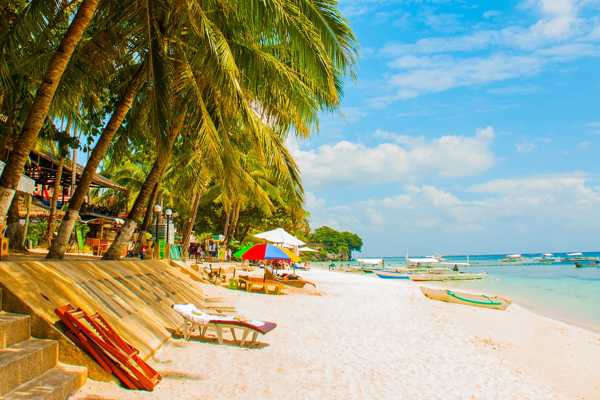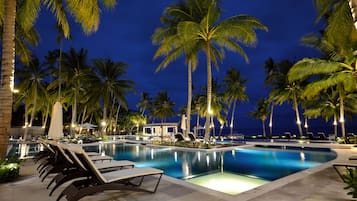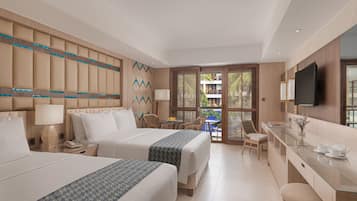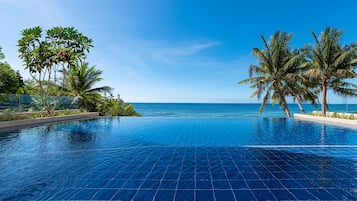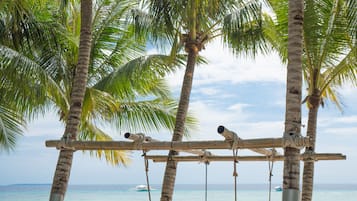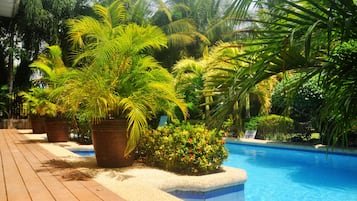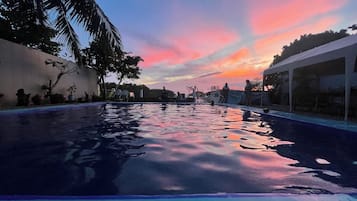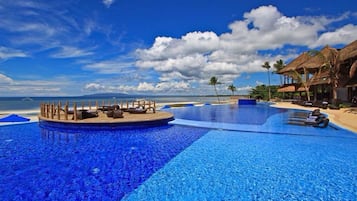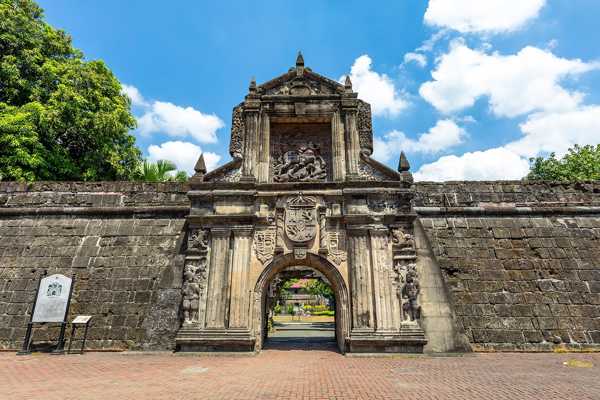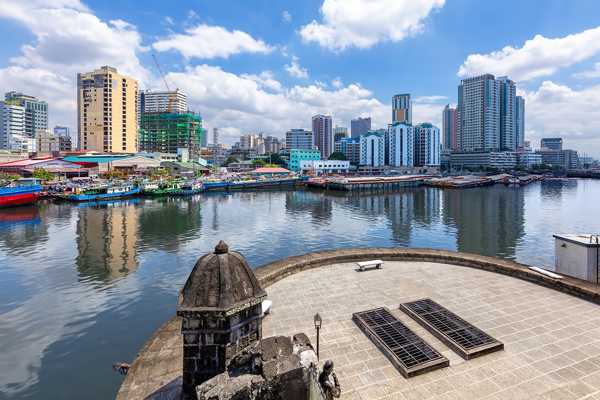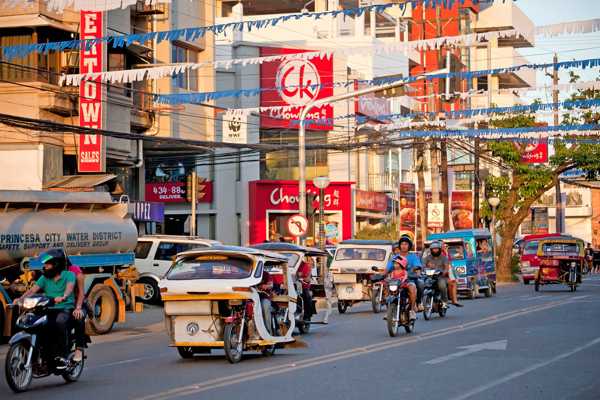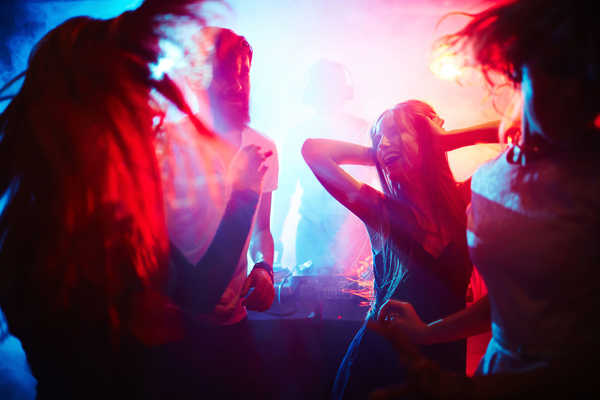Bohol Island ranks among the best destinations in Southeast Asia as few places on earth combine natural beauty with interesting man-made structures so well. One day can be spent trekking through the jungle, spotting some of the world's oldest primates while the next can be spent admiring the island's colonial architecture and the next lazing on a beautiful beach.
Steeped in history, Bohol has a strong sense of identity and culture that is nowhere better reflected than in the architecture and the natural beauty that make up the island's interior. The Chocolate Hills are perhaps the most sought-out attraction, followed a close second by the island's surreal caves and rock formations. Whatever your preference in attractions, Bohol's charm will not fail to seduce you.
What are the best things to do in Bohol Island?
- Photo
- Unusual
Read moreThis unusual geographical formation consists of 1,776 hills spread over an area of more than 50 sq km. Their name comes from the way the grass that covers them turns brown during the dry season.
From a distance, the hills look like half-buried balls. Each stands about 30 to 50 metres high, with the tallest reaching about 120 metres, making them very big balls indeed. These are the pride and joy of the Philippines, a symbol of their copious and somewhat quirky natural beauty.
Map- 2
Panglao Island

- Families
- Photo
Panglao Island has incredible richness in marine biodiversity and a varying terrain that consists of hills and plains. It’s this natural beautiful that put it on the list as a UNESCO World Heritage site.
Situated southwest of Bohol and east of Cebu, it’s easily accessed via a short boat trip from either island, or you can drive there over the bridges from Tagbilaran City. Most visitors come to explore the extensive marine and coral reefs, but sun worshippers should seize the opportunity to bask on the sensational islets of Gak-ang and Pontod.
Map - 3
Philippine Tarsier Foundation

- Families
- Photo
The Philippine Tarsier Foundation aims to protect one of the smallest primates on Earth. Tarsiers are no bigger than an adult man's hand. Sadly, they face extinction due to the deforestation of their natural habitat. Take the opportunity to go and visit the tarsiers in its natural habitat and observe the way they live.
If you’re feeling adventurous, the Foundation established a 15-km trekking trail through the towns of Corella, Sikatuna and Loboc. This gives you the best opportunity to see these adorable creatures, as well as plenty of other rare and exotic plants and animals.
Location: Tarsier Sunctuary Rd, Corella, Bohol, Philippines
Open: Daily from 8.30am to 4pm
Phone: +63 (0)917 303 9839
Map - 4
Sandugo Blood Compact Shrine

- Photo
The Sandugo Blood Compact Shrine was built to commemorate the peace treaty between Spanish explorer Miguel Lopez de Legazpi and Datu Sikatuna of Bohol on 16 March 1565. It signified the bond shared between the Filipinos and Spaniards and is considered the first treaty to represent their international relations. The name “sandugo” means 'one blood'.
This has become a hallmark of the Bohol Province and as a symbol for peace, illustrated on the province’s flag and official seal. A statue commemorating the compact can be visited at the location of where the ship anchored and the treaty was performed.
Location: J.P, EK Inting St, Tagbilaran City, 6300 Bohol, Philippines
Map - 5
Baclayon Church

- History
Baclayon Church is one of the oldest churches in the Philippines, dating back to the 16th century. It’s been remodelled and rebuilt a few times since, finally sticking with its current form in 1717, which was built by 200 indentured native labourers. It was severely damaged by the 2013 Bohol earthquake but has since been restored. Also known as the Church of Our Lady of the Immaculate Conception, it’s one of the best-preserved Jesuit churches in the region.
Location: Tagbilaran East Road, Poblacion, Baclayon, 6301 Bohol, Philippines
Phone: +63 (0)38 540 9176
Map - 6
Dauis Church

- History
The Church of Our Lady of the Assumption in Dauis is extremely beautiful, comprising a mixture of styles to unique effect. It draws influence from both Byzantine and Romanesque architecture. Founded by the Jesuits Fr. Diego de Ayala and Joseph Gregorio, it’s situated on the island of Panglao, not far from the bridge that connects Panglao with Bohol.
Inside, on the ceiling, are some impressive frescoes painted by Ray Francia in 1916. Sadly, the front face of the church collapsed during an earthquake in 2013, but it was rebuilt and the place remains open to the public.
Location: Circulado St, Poblacion, Dauis, 6339 Bohol, Philippines
- 7
Hinagdanan Cave

- Adventure
Located on the island of Panglao, Hinagdanan Cave has an impressive number of beautiful stalactites and stalactites, making it very popular with photographers. One of the most accessible caves, it features a cavern with an underground pond that is used for swimming, although it's advised to steer clear as the water is not very clean.
Location: Bingag, Dauis, Bohol, Philippines
Mapphoto by David Quitoriano (CC BY 2.0) modified
- 8
Camogao Falls

- Adventure
- Photo
The Camogan Falls are among the best and most popular of Bohol's waterfalls. The soaring height of the falls gives the impression that they consist of one straight drop when they are in fact made up of 3 tiers some 45 metres high. The green backdrop to the fall consisting of trees and shrubs helps the scenery to be truly breathtaking, but reaching the top should be left to experienced rock climbers.
Location: Balilihan, Bohol, Philippines
Mapphoto by Josefwintzent Libot (CC BY-SA 4.0) modified
- 9
Mag-aso Falls

- Adventure
Mag-aso Falls are very easily enjoyed, being right in the heart of Antequera. Steps have been built so there is less of a risk involved in reaching and leaving the waterfall. The name derives from the Visayan term ‘aso’ meaning smoke, in reference to the water vapour that emerges from the cascading waters, which is simply spectacular.
Location: Maribojoc - Antequera - Catagbacan Rd, Loon, Bohol, Philippines
Mapphoto by Cj Jimenez (CC BY-SA 2.0) modified
- 10
Balicasag Island

- Families
With a surface area of about 25 hectares, you can walk all the way around Balicasag Island in about 45 minutes. The island itself is pretty much as you would imagine a deserted tropical island to be – flat and circular, covered with palm trees and flowering bougainvillaea, surrounded by white beaches.
On the south side of the island is some 400 metres of successfully protected marine sanctuary that makes for a great diving and snorkelling destination.
Mapphoto by Marie Antoinette Calvez (CC BY-SA 4.0) modified
- 11
Duljo Point

- Adventure
Situated at the southwestern point of Panglao Island, Duljo Point is a favourite diving spot thanks to its calm currents, although it has been known to get a bit rough. There’s a drop off dive wall covered with large gorgonian sea fans, elephant ear sponges, hydroids, colourful crinoids and soft corals. Expect to see a huge range of reef fish here, including surgeonfish, fusiliers, razorfish, jacks, batfish and many more.
- 12
Dolphin and whale watching

- Adventure
- Photo
Dolphin and whale watching is understandably a very popular pursuit for many of Bohol's visitors. Witnessing these endearing mammals in their natural habitat is an amazing experience. In a bizarre twist of fate, many of the whale and dolphin tour operators are former fishermen who have switched to the more sustainable livelihood of taking tourists to the best sites at which to see these beautiful creatures, putting their whale and dolphin spotting skills to a much more eco-friendly use.
- 13
Buhong Tiawan Cave
- Adventure
A limestone hill serves as the entrance to Buhong Tiawan Cave, which was used as a refuge during the Second World War when the Japanese invaded the Philippines. The entrance, measuring 5 metres long, leads to a 100-metre long cavern that’s home to a number of different bird and bat species. The cave complex is found about 1.5 km from the town centre of Antequera.
- 14
Francisco Dagohoy Cave
- Adventure
Francisco Dagohoy Cave is one of Bohol’s most visited caves because of its historical significance. Situated near the town of Danao, it takes its name from the Francisco Dagohoy rebellion against the Spanish regime that lasted from 1744 to 1829. The cave served as the headquarters of the uprising. A specific passage within the cave leads to a dry route where it’s thought the rebels would hide during raids by the Spanish forces. As a bonus, it’s also quite a strikingly beautiful place, with delicate stalactites throughout.
Map - 15
Can-umanted Falls
- Adventure
Considered to be a good introduction to the landscape of Bohol, the trek to the Can-umanted Falls is popular with new arrivals. It involves river crossings, rock hopping, uphill climbing and some scrambling across boulders. Activities to enjoy along the way are swimming, sunbathing and having a much-deserved picnic lunch. The trail can be challenging, especially for the inexperienced, but it offers the spectacular reward of the Can-umantad Falls.
On the other hand, if you don’t fancy the jungle trek, there’s a road that can take you almost directly to the falls.
Location: Candijay, Bohol, Philippines
Map


